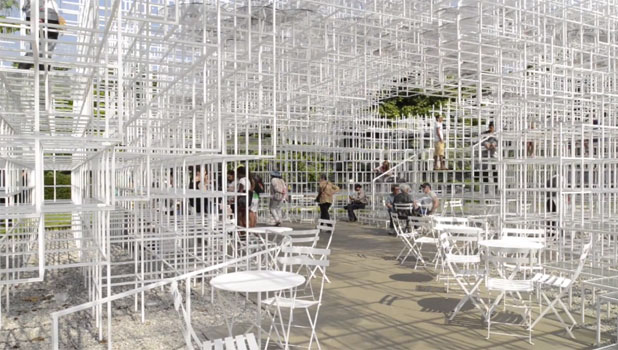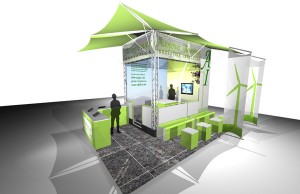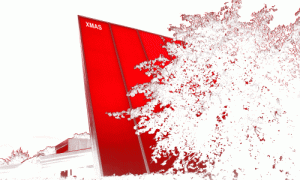A selection of stories from Friday night’s telly featured Meccano, sandbags, and bricks. The first a fun and entertaining challenge from James May to build and ride a motorbike built entirely from Meccano, the ultimate kit of parts, the next a more serious and sombre account of communities protecting their property from flood water with sandbags and the last a disconcerting piece about the apparent exploitation of Indian workers making bricks. Superficially there is no connection here, but there is an underlying commonality regarding the modular nature of their subjects.
By linking these stories it is possible to reflect on how we adapt modular units into our lives. Indeed we are made of the things – trillions of cells, each cell with a genetic code made up of modular units – the building blocks of life itself. We develop and learn from books modulated through chapters, paragraphs and sentences, TV shows made in series, episodes and parts and educational programmes presented in stages, modules and units. Here at the Bridge, we often develop ‘interactive’ presenters for our clients which can be constructed by linking together modules of information.
In the physical world, we should not be so surprised by May’s motorbike made from nuts, bolts and plates: this is exactly how we do build mechanical devices – using mass produced modular parts. It was Meccano that copied this process – not the other way round. Similarly, Lego bricks are mimicking real bricks – the modular unit at the core our built environment. When bricks cannot go high enough or far enough we use steel girders and concrete, reinforced by modular grids of iron bars.
Architect Sou Fujimoto is clearly aware of these fundamental modular truths. His Serpentine pavilion was constructed from a repetitive grid of wireframe steel cubes.

It seems both Fujimoto and May have succeeded in building something practical from a kit of parts, moreover, both have transcended the overt use of bare modular units: May through his inspirational sense of fun and Fujimoto through the artistic resonance of his structure – more sculpture than buildings – more transparent than solid – as soft as it is hard. A very interesting place contemplate the nature of modules in our environment.
See blog posts on other serpentine pavilions.
See also our thoughts on the pavilion concept in exhibitions.



